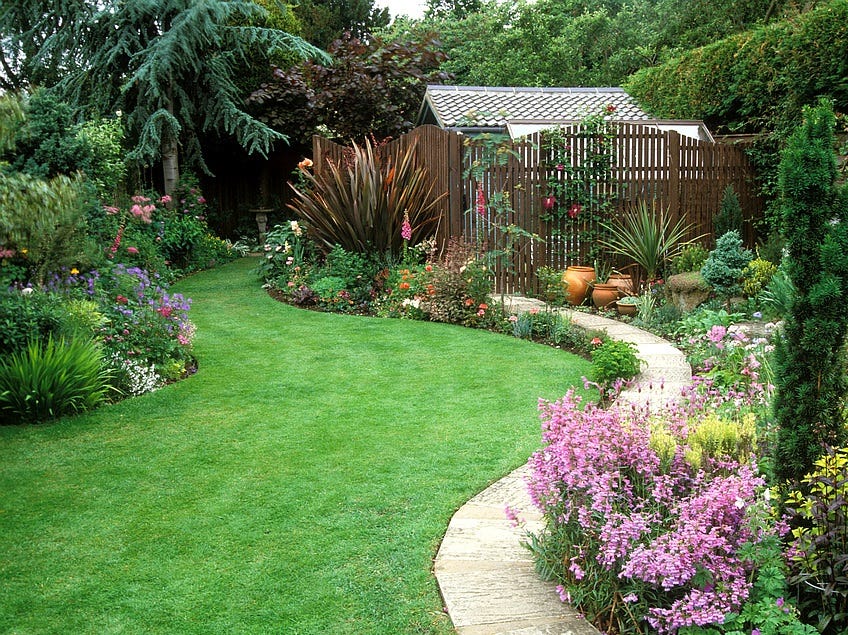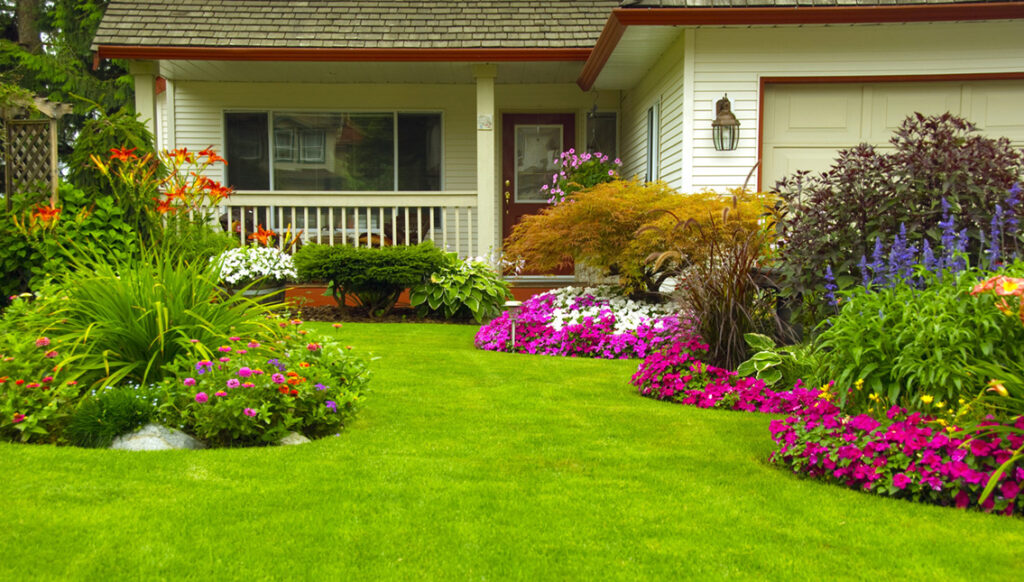Leander Homeowners: Here’s Why Fall Lawn Care Is the Secret to a Gorgeous Spring
As the hot summer months come to an end, many Leander homeowners focus on preparing for the fall and winter months. However, one of the most important things you can do for your lawn isn’t just about maintaining it during the warm months; it’s about preparing it for the future. Fall lawn care plays a crucial role in ensuring a lush, green lawn come springtime. By investing time in your lawn in the fall, you’ll set it up for success for the rest of the year.
In this blog, we’ll explore why fall is the secret to a gorgeous spring lawn in Leander and provide you with the steps to take now to ensure your lawn thrives in the warmer months ahead.


Fertilizing your lawn in the fall is a game-changer for Leander homeowners. As temperatures cool down, grass enters its active growth phase, making it the ideal time to give your lawn the nutrients it needs to grow strong roots.
Why fall fertilization is essential:
- Promotes deep root growth: Grass has more time to establish a strong root system before the ground freezes. A healthy root system supports the grass throughout the winter and helps it recover quickly in spring.
- Prepares the lawn for the next growing season: Fall fertilization gives your lawn a nutrient boost that ensures it’s strong and ready for the following spring and summer.
- Helps in drought recovery: If your lawn has struggled with drought stress during the summer, fall fertilization can provide the nutrients it needs to recover and bounce back.
How to fertilize your lawn in Leander:
- Use a slow-release nitrogen fertilizer that will feed your lawn over time. Apply it 4 to 6 weeks before the first frost.
- Follow the recommended application rate on the fertilizer packaging to avoid over-fertilizing, which can lead to lawn burn or excess thatch.
In Leander, the soil tends to be heavy and compacted, particularly in areas with clay or clay-loam soil. Compacted soil can restrict root growth, limit water and nutrient absorption, and lead to a weak lawn.
Why aeration matters:
- Improves root development: Aeration allows air, water, and nutrients to penetrate deep into the soil, encouraging stronger and healthier roots.
- Reduces thatch buildup: Thatch is the layer of dead grass and roots that accumulates at the soil surface. If it gets too thick, it can prevent water and nutrients from reaching the roots. Aeration helps break up the thatch, allowing for better absorption.
- Increases water retention: Aerating your lawn creates small holes in the soil, helping it absorb water more efficiently and reducing the risk of runoff.
How to aerate your lawn in Leander:
- Use a lawn aerator to create holes that are about 2 to 4 inches deep and spaced 2 to 4 inches apart.
- Aerate in early fall when the soil is still warm but the grass is slowing down its growth, allowing it to recover quickly.
- Avoid aerating during the peak of summer heat, as it can stress the grass.
Fall is the best time to overseed your lawn, especially if your grass has thinned out over the summer or you want to transition to a more drought-tolerant grass variety. Cooler temperatures and more frequent rainfall in fall create the perfect conditions for seeds to germinate and establish themselves.
Why seeding in fall is essential:
- Cooler temperatures help seed growth: In the fall, the cooler temperatures and increased rainfall create an optimal environment for seed germination. This gives the grass time to establish a strong root system before the winter months.
- Fills in bare spots: If your lawn has areas with sparse grass, fall overseeding helps fill in these spots, leading to a fuller, more uniform lawn in the spring.
- Prepares the lawn for the spring season: By overseeding in the fall, you’ll encourage a thicker, denser lawn that’s more resilient to pests, disease, and drought in the spring and summer.
How to overseed your lawn in Leander:
- Use a high-quality grass seed appropriate for the Leander climate. Warm-season grasses like Bermuda or Zoysia work best for this area.
- Apply seed evenly across your lawn using a broadcast spreader. Follow the recommended rate on the seed packaging for optimal results.
- Keep the lawn watered consistently to encourage seed germination and early growth.
Weeds can be a big problem in the spring, but fall is the ideal time to prevent them. Applying pre-emergent herbicide in the fall can stop weed seeds from germinating, which means fewer weeds to deal with in the spring.
Why fall weed control works:
- Prevents weed seeds from germinating: Pre-emergent herbicides create a barrier that stops weed seeds from sprouting, giving your grass a chance to grow without competition.
- Reduces the need for chemical treatments in the spring: By preventing weeds in the fall, you won’t need to use as many chemical herbicides in the spring, which helps the environment and your wallet.
How to control weeds in Leander:
- Apply a pre-emergent herbicide in early fall, typically around mid-September. Be sure to follow the instructions on the label for the correct application rate.
- If you already have weeds, consider manually removing them or using a post-emergent herbicide that targets existing weeds.
Conclusion
For Leander homeowners, fall lawn care is essential to ensuring a gorgeous, healthy lawn in the spring. By fertilizing, aerating, overseeding, and controlling weeds now, you’re setting your lawn up for a successful growing season. These simple steps will give your lawn the strong foundation it needs to thrive, providing a thick, green carpet that will be the envy of the neighborhood.


